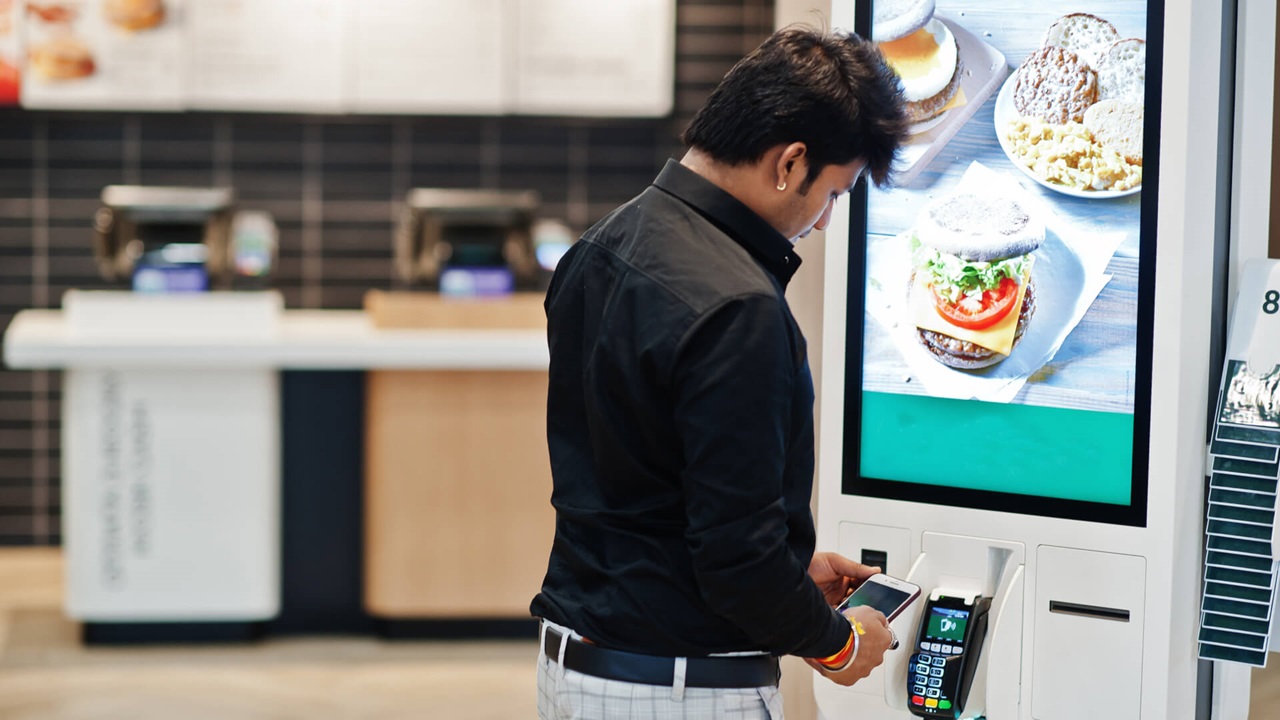Most importantly, modern restaurant businesses are concerned with their impact on the natural environment. One of the main issues is the decision between the conventional paper-based menu and the more advanced digital kiosks. This article compares both and shows how the use of digital restaurant kiosk can have positive effects on the environment of the restaurant business.
The Environmental Cost of Paper Menus
It is not simply printer paper print paper menus that have naturally been present in restaurants for years however, the creation of these menus is devastating to the environment. Paper production means cutting trees, and consumption of water, and energy is used. Also, the chemical processes involved in the paper-making process are known to cause pollution if not well controlled. In addition, paper menus may be used only once, while other types can be washed and reused. In restaurants that aim to be sustainable, the problem is that the menus themselves become stained or torn and need to be replaced quite often.
Digital Kiosks: A Sustainable Alternative
The use of paper menus is a major problem in terms of environmental impact and digital kiosks provide a viable solution to this problem. These interactive systems enable customers to view menus, place orders, and even make payments, through a touch screen. The largest environmental advantage of digital kiosks is that they can completely do away with the use of paper. Digital kiosks can help restaurants cut down their paper usage to a great extent. This not only reduces the amount of trees exploited but also the energy and water consumed in the manufacture of papers.
Energy Consumption and Lifecycle Assessment
Digital kiosks help save paper, but what about their energy consumption? Kiosks are operated by electricity, and this is an aspect that can make a restaurant have a large impact on the environment. However, many of the current kiosks are developed with energy conservation in mind, with the use of LED screens and low-power modes. A lifecycle assessment may give a better understanding of the total environmental cost of each of the two options. However, additional consequences of using paper menus could add up to the overall costs of this sort of solution and outweigh the energy costs of operating the digital kiosks.
Sustainable Practices
Other than their intrinsic environmental implications, digital kiosks are capable of encouraging other sustainable practices within the systems of restaurant businesses. For example, they can enable the implementation of green strategies including digital-only loyalty schemes, sustainable products, and limited-time offers particularly on environmentally sensitive products including meals, and providing customers with an opportunity to ‘carbon neutralize’ themselves. In addition, the trend of such customer loyalty to companies that care about the future of the environment is on the rise.
Conclusion
Therefore, based on the environmental point of view, it can be concluded that although paper menus and digital kiosks have their consequences on the environment, the latter is more sustainable for the restaurant business. Reducing paper waste, using resources sparingly, and encouraging sustainability practices, digital kiosks reflect the increasing trend of sustainability in dining. In the current restaurant industry, the adoption of technology such as digital kiosks can not only help the restaurant industry to go green but also to make more profits.

